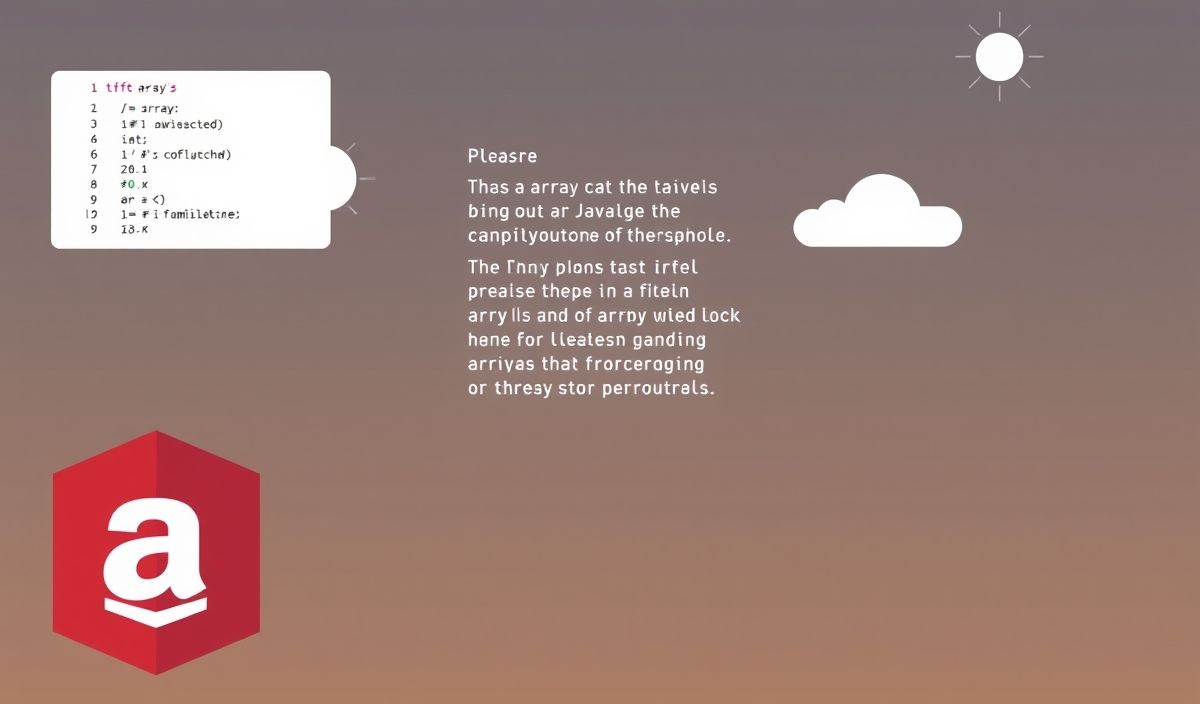Introduction to Require-Dir
In the realm of Node.js development, managing and organizing your code can often become cumbersome, especially as your project grows in size. require-dir is a powerful utility that simplifies the process of loading and managing directories of modules. In this blog post, we’ll explore the fascinating world of require-dir and understand its vast API through examples. We’ll also assemble a small application to see how these APIs work in action.
What is Require-Dir?
require-dir is a plug-and-play Node.js module that helps you require entire directories, making it easier to deal with multiple modules. It’s particularly useful when you have a bunch of utility functions or configurations stored in separate files, and you want to load them all at once.
Setting Up Require-Dir
npm install require-dirBasic Usage Example
const requireDir = require('require-dir'); const utilities = requireDir('./utilities');
console.log(utilities); // This will print out all the modules within the utilities directoryAdvanced Usage
Requiring Files Recursively
const options = { recurse: true }; const utilities = requireDir('./utilities', options);
console.log(utilities); // This will print out nested directories as wellFiltering Files With Extensions
const options = { extensions: ['.js', '.json'] }; const utilities = requireDir('./utilities', options);
console.log(utilities); // Only .js and .json files will be includedIncluding Subdirectories in Specific Cases
const options = { filter: (path) => path.endsWith('.js') }; const modules = requireDir('./modules', options);
console.log(modules); // Only .js files in the modules directory will be includedCustomizing the Names of Required Modules
const options = { camelcase: true }; const utilities = requireDir('./utilities', options);
console.log(utilities); // Converts filenames to camelCase keysBuilding an Example Application
Let’s take everything we’ve learned so far and build a small Node.js application to demonstrate how require-dir can be utilized effectively.
Project Structure
example-app/ ├── index.js ├── utilities/ │ ├── math.js │ ├── string.js └── modules/
├── logging.jsImplementation of Modules
utilities/math.js
module.exports.add = (a, b) => a + b; module.exports.subtract = (a, b) => a - b;utilities/string.js
module.exports.uppercase = (str) => str.toUpperCase(); module.exports.lowercase = (str) => str.toLowerCase();modules/logging.js
module.exports.log = (message) => console.log(message);Using Require-Dir in index.js
const requireDir = require('require-dir'); const utilities = requireDir('./utilities', { recurse: true }); const modules = requireDir('./modules', { recurse: false });
console.log(utilities.math.add(10, 5)); // Outputs: 15 console.log(utilities.string.uppercase('hello')); // Outputs: HELLO modules.logging.log('This is a log message'); // Outputs: This is a log messageAs demonstrated, require-dir makes it easier to manage and load different modules, resulting in cleaner and more maintainable code.
Hash: 1f4308a75ae9873e2b7b02ee9a67f71b6b2ef60bb1b7a8e6cff64620df56ad7d




